Securing clean, reliable and affordable water for people
The Mojave Groundwater Bank is a first-of-its-kind water infrastructure project that will provide a resilient water supply for 400,000 people in underserved communities in the West.
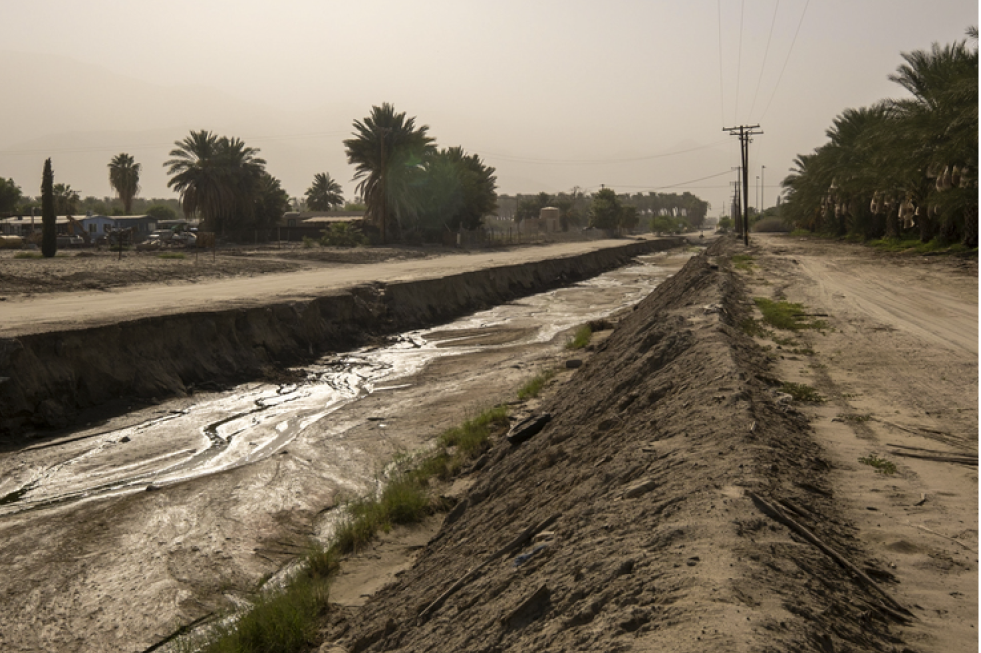
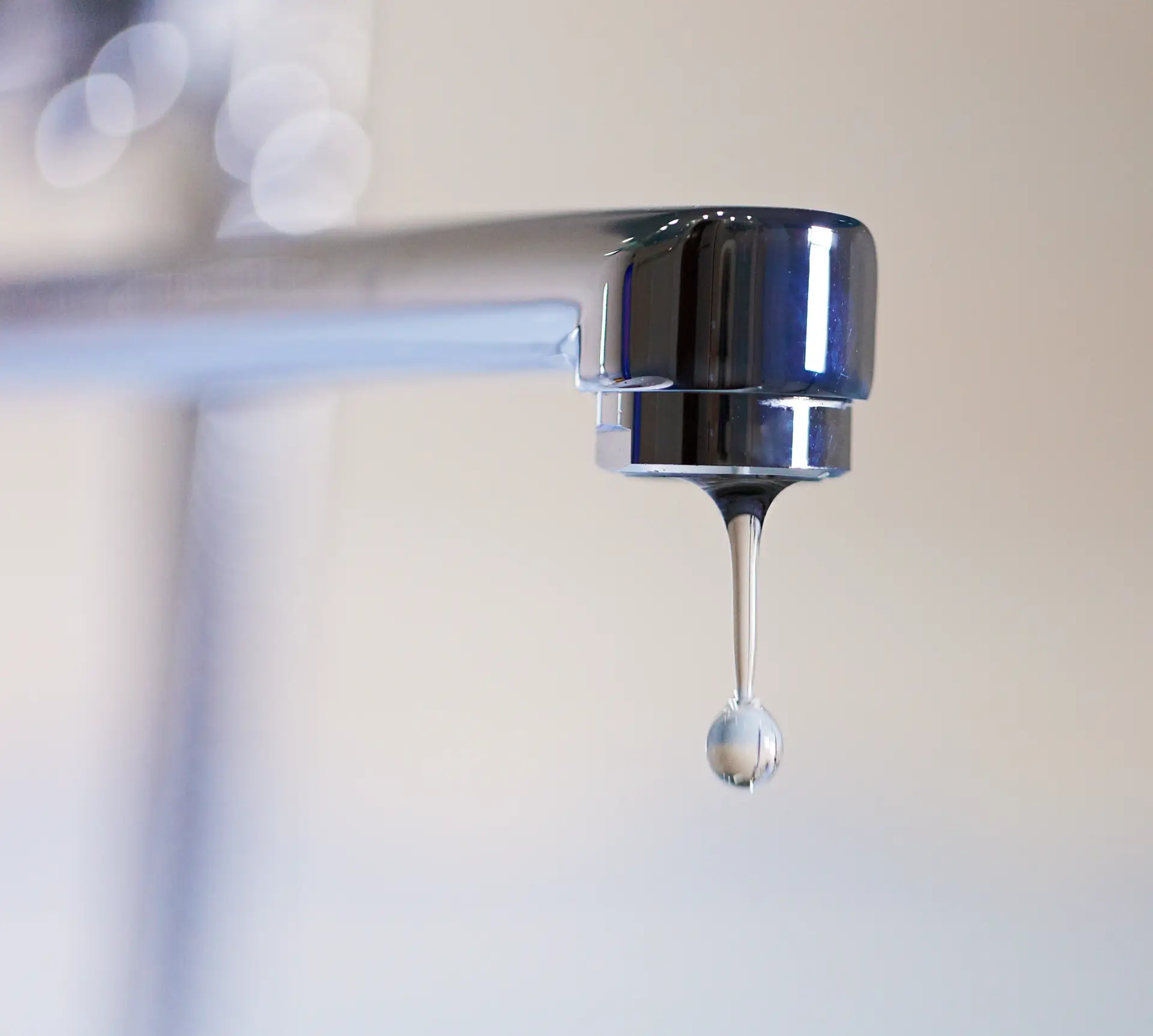
The Urgency
A century ago, California and the Western U.S. built an extensive network of reservoirs and aqueducts, relying on predictable mountain snowmelt to move water from where it fell to where it was needed.
However, growing climate variability is forcing communities to rethink water supply solutions to ensure reliable access for all. With snowmelt and precipitation no longer predictable, storing water in wet years for use in dry ones – and responsibly moving it from where it is to where it’s needed – has become essential as dry years grow hotter and wet years more extreme.
Underground water storage is more important than ever in this new reality.

The Urgency
A century ago, California and the Western U.S. built an extensive network of reservoirs and aqueducts, relying on predictable mountain snowmelt to move water from where it fell to where it was needed.
However, growing climate variability is forcing communities to rethink water supply solutions to ensure reliable access for all. With snowmelt and precipitation no longer predictable, storing water in wet years for use in dry ones – and responsibly moving it from where it is to where it’s needed – has become essential as dry years grow hotter and wet years more extreme.
Underground water storage is more important than ever in this new reality.
Project Overview
The Mojave Groundwater Bank is more than infrastructure; it is a lifeline for communities on the front lines of climate change. This groundbreaking public-private partnership brings together water agencies, Native American tribes, and the Fenner Gap Mutual Water Company to deliver what every community deserves: clean, reliable, and affordable water.
At Cadiz Ranch in eastern San Bernardino County, a managed aquifer system will conserve and store surplus water and then deliver it through converted fossil-fuel pipelines and existing corridors. What once carried oil and gas will soon carry life-sustaining water, a bold symbol of transition toward a more sustainable future. Construction begins in 2025, with water deliveries projected by end of 2026, making this one of the rare shovel-ready solutions capable of addressing California’s water crisis today.
Anchored at the base of a 2,000-square-mile watershed in the Mojave Desert, the project draws on one of the largest known freshwater aquifers in the nation, estimated to hold 30 to 50 million acre-feet of high-quality groundwater.
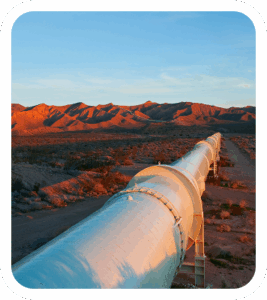
After rigorous environmental review, San Bernardino County authorized a sustainable yield plan allowing up to 2.5 million acre-feet to be responsibly withdrawn over 50 years. The project will also store up to 1 million acre-feet of imported water, giving agencies the ability to save in wet years and access reserves in dry ones. Together, these measures strengthen long-term water security for underserved regions.
[ 1 acre-foot = 326,000 gallons or the annual water supply for 2 average households (8 people) ]
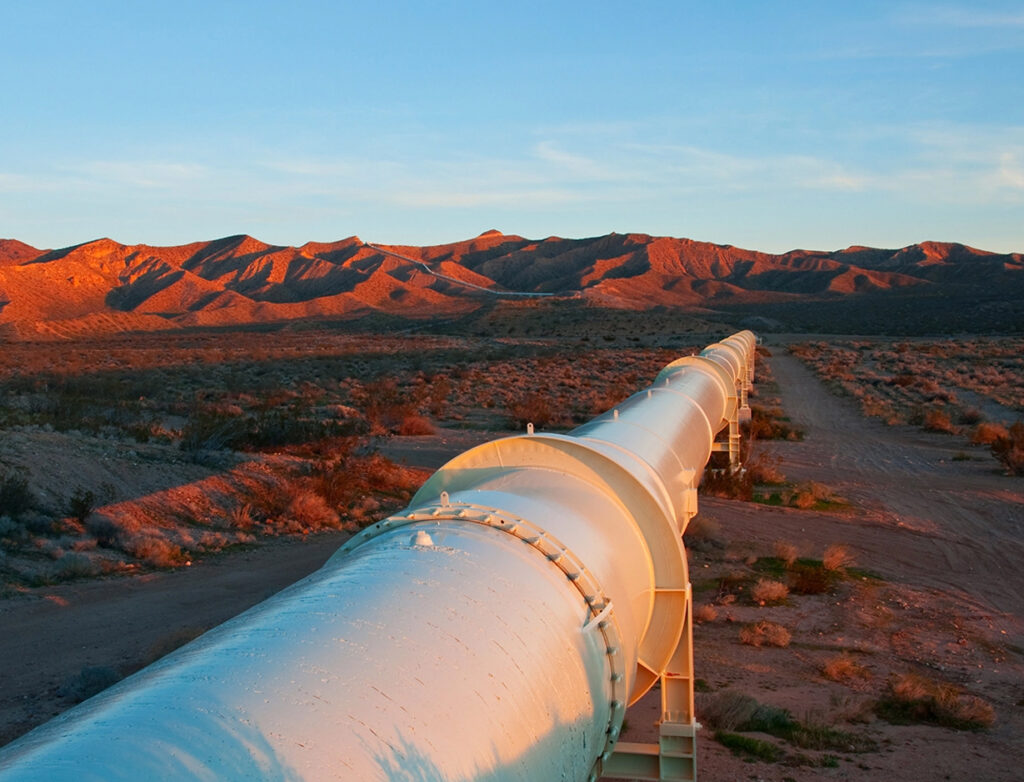
Project Overview
The Mojave Groundwater Bank is more than infrastructure; it is a lifeline for communities on the front lines of climate change. This groundbreaking public-private partnership brings together water agencies, Native American tribes, and the Fenner Gap Mutual Water Company to deliver what every community deserves: clean, reliable, and affordable water.
At Cadiz Ranch in eastern San Bernardino County, a managed aquifer system will conserve and store surplus water and then deliver it through converted fossil-fuel pipelines and existing corridors. What once carried oil and gas will soon carry life-sustaining water, a bold symbol of transition toward a more sustainable future. Construction begins in 2025, with water deliveries projected by end of 2026, making this one of the rare shovel-ready solutions capable of addressing California’s water crisis today.
Anchored at the base of a 2,000-square-mile watershed in the Mojave Desert, the project draws on one of the largest known freshwater aquifers in the nation, estimated to hold 30 to 50 million acre-feet of high-quality groundwater.
After rigorous environmental review, San Bernardino County authorized a sustainable yield plan allowing up to 2.5 million acre-feet to be responsibly withdrawn over 50 years. The project will also store up to 1 million acre-feet of imported water, giving agencies the ability to save in wet years and access reserves in dry ones. Together, these measures strengthen long-term water security for underserved regions.
[1 acre-foot = 326,000 gallons, or the annual water supply for 2 average households (8 people) ]
Crossroads of Water Infrastructure in California & the Southwest

The project is dedicated to sustainably capturing, storing, supplying, and delivering water resources to people in underserved areas of the Southwest – improving long-term water reliability while protecting the environment.
Technical study, environmental analysis and regulatory approvals have supported a sustainable operation plan for the Mojave Groundwater Bank, delivering an annual reliable supply of water of approximately 50,000 acre-feet per year while also storing imported surplus water to access in dry years. Together, supply and storage will strengthen long-term water security for the entire region.
2.5M
2.5 Million acre-feet of new water supplies at a rate of 50,000 acre-feet per year
30M
300+
400K
1 acre-foot = 326,000 gallons, or the annual water supply for 2 average households (8 people)
2.5M
2.5 Million acre-feet of new water supplies at a rate of 50,000 acre-feet per year
30M
300+
400K
1 acre-foot = 326,000 gallons, or the annual water supply for 2 average households (8 people)
How it Works
The project brings together natural resources, reimagined infrastructure, extensive scientific research, and innovative engineering to provide clean, reliable water to communities.
Together, these components – including the world’s first innovation to convert retired oil and gas lines to water transportation – expand access to new water resources, emergency water supplies and long-term storage capacity for dozens of communities in need across Inland Southern California and the broader Southwest.
A Prolific Aquifer System
A Carefully Designed Wellfield
on private land enables groundwater to be responsibly extracted, replenished, and protected from evaporation.
An Onsite ATEC Treatment Facility
ensures all water meets strict quality standards.
Two Interconnected Pipelines
one repurposed from out-of-service fossil fuel use and one in a railroad corridor—link the Mojave Groundwater Bank to both the State Water Project and the Colorado River System without needing to build across undisturbed desert lands
The Watershed: Our Natural Advantage
The Mojave Groundwater Bank sits at the base of a 2,000-square-mile watershed in the Mojave Desert overlying a significant freshwater aquifer estimated to hold 30 to 50 million acre-feet of high-quality groundwater – more water than in storage at Lake Mead our nation’s largest surface water reservoir.
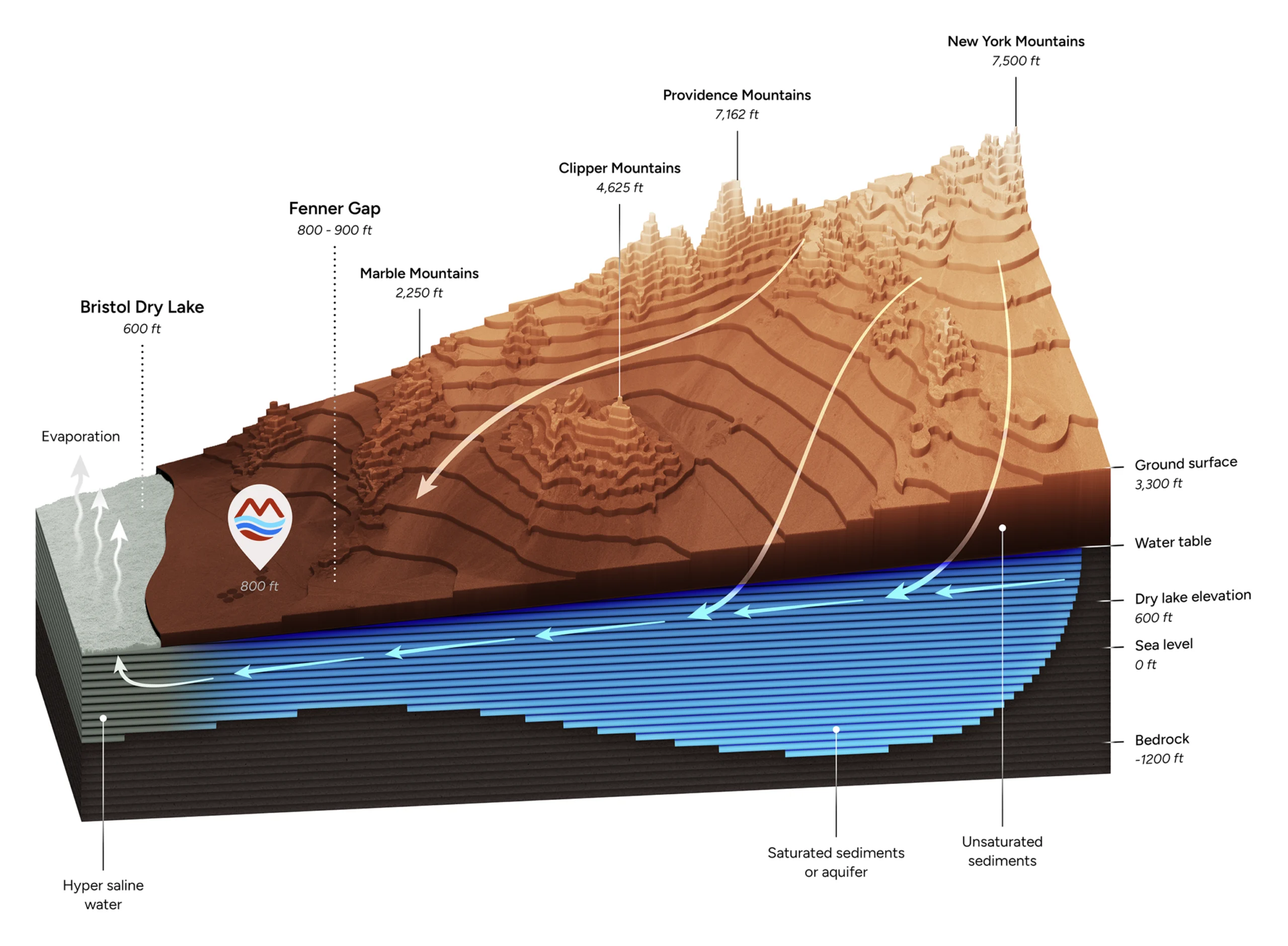
The Fenner watershed is a closed hydrologic basin, where rain and snowmelt from the surrounding mountains —as high as 7,500 feet— enter the aquifer and slowly travel underground beneath Cadiz towards saline dry lake playas and evaporates. Every minute, fresh water that could sustain families, farms, and ecosystems is ultimately lost to evaporation when it reaches the dry lakes of Bristol and Cadiz Dry Lakes.
The Mojave Groundwater Bank will capture and preserve that water for communities that too often go without creating an immediately available supply within the Colorado River Basin—something no other project offers today.
By combining modern water banking with active recharge and monitoring, the project both safeguards community supplies and protects local ecosystem for generations to come.
The Watershed: Our Natural Advantage
The Mojave Groundwater Bank sits at the base of a 2,000-square-mile watershed in the Mojave Desert overlying a significant freshwater aquifer estimated to hold 30 to 50 million acre-feet of high-quality groundwater – more water than in storage at Lake Mead our nation’s largest surface water reservoir.

The Fenner watershed is a closed hydrologic basin, where rain and snowmelt from the surrounding mountains —as high as 7,500 feet— enter the aquifer and slowly travel underground beneath Cadiz towards saline dry lake playas and evaporates. Every minute, fresh water that could sustain families, farms, and ecosystems is ultimately lost to evaporation when it reaches the dry lakes of Bristol and Cadiz Dry Lakes.
The Mojave Groundwater Bank will capture and preserve that water for communities that too often go without creating an immediately available supply within the Colorado River Basin—something no other project offers today.
By combining modern water banking with active recharge and monitoring, the project both safeguards community supplies and protects local ecosystem for generations to come.
The Mojave Groundwater Bank watershed is located less than 100 miles to the southwest of Lake Mead.
Supporting a Secure Water Future
Smart Water Use
Smart Water Use
Locally Controlled Supply
Locally Controlled Supply
Drought Resilience
Drought Resilience
Infrastructure Efficiency
Infrastructure Efficiency
Sustainable Environmental Protection
Sustainable Environmental Protections
Economic Opportunity
Economic Opportunity
Project Partners
Cadiz, Fenner Gap Mutual Water Company and the Fenner Valley Water Authority, in partnership with Native American Tribes, public agencies and water districts will construct, own, and operate the Mojave Groundwater Bank. The public-private partnership represents a landmark collaboration with Native American Tribal Nations to build the first large-scale, tribal-owned water infrastructure project off tribal lands in U.S. history.
Project Timeline
The Mojave Groundwater Bank began initial studies in the 1980s and has completed essential regulatory review, permitting and development milestones over the last 25 years. The project expects the Northern Pipeline to be online for water deliveries by the end of 2026 and the Southern Pipeline by the end of 2027, bringing new water and critical storage for California and the Southwest within reach.